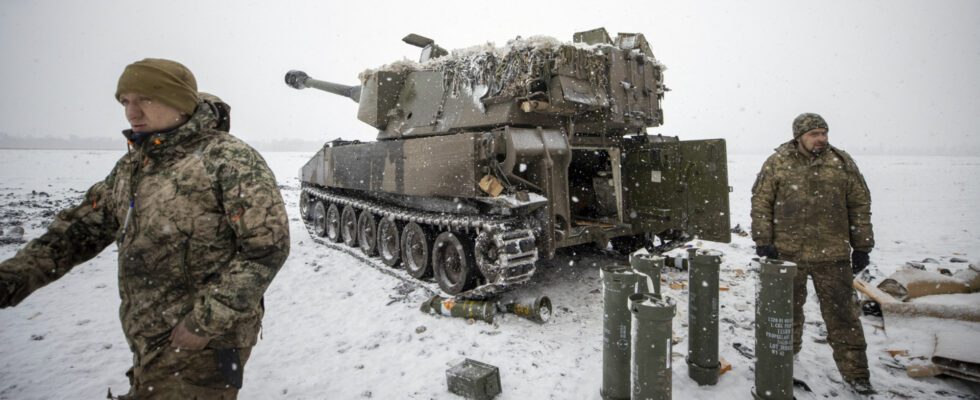William Molinié, edited by Alexandre Dalifard
modified to
8:11 a.m., February 23, 2023
To exhaust the enemy’s ammunition and confuse the opposing detection systems, Moscow and kyiv compete in ingenuity to deceive the fighters with wooden structures, inflatable tanks or even balloons in the Ukrainian sky. This with the aim of saturating the battlefield in the Donbass.
Subterfuge is ancestral. The Red Army had already made it a specialty, especially during the Second World War. The “maskirovka” or the Russian art of military disinformation. kyiv and Moscow have revived the use of tactical decoys: inflatable tanks or wooden ground-to-air systems to deceive the enemy. Objective: saturate the battlefield in the Donbass.
A dozen cruise missiles wasted by the Kremlin
For a year, Russians and Ukrainians have been competing in ingenuity to deceive the fighters. Moscow has, for example, deployed inflatable tanks on the ground to try to spot Ukrainian positions. Kyiv, on the other hand, reportedly used dummy replicas of American-supplied Himars artillery systems. Wooden reproductions so realistic that even Russian drones would have seen nothing but fire. Result, a dozen Kalibr cruise missiles would have been wasted by the Kremlin, as much ammunition which was not used for other targets.
Last week, several Russian balloons were destroyed in the sky above kyiv. Simple flying objects, inflated with gas, with a string and a reflector. A good low-cost way to test and detect air defense systems in the Ukrainian capital. In military parlance, this is called a “deception” measure. “For an armored vehicle, you can deploy a hundred decoys. It does not cost much and above all, you immediately empty the enemy’s ammunition stocks”, decrypts a senior French officer. Convinced that Western armies will have to invest massively in this type of equipment in the short term.
